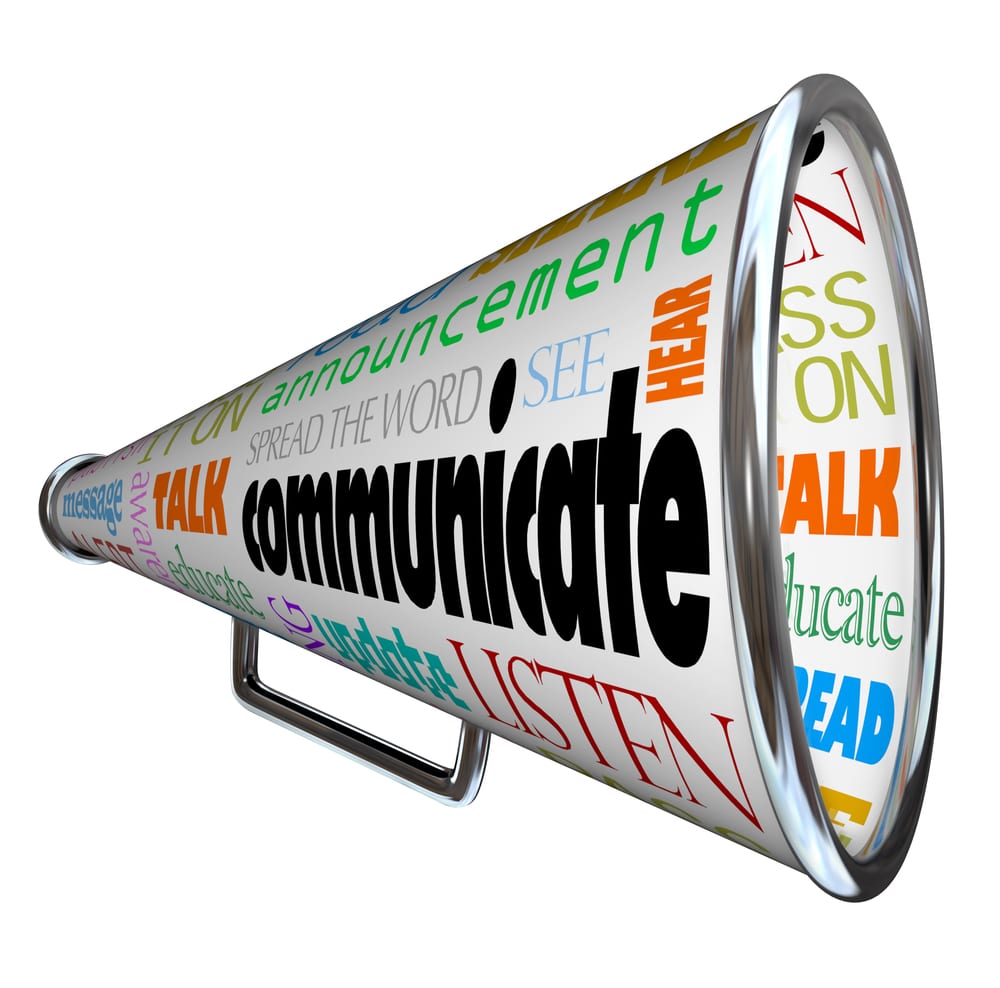A strong elevator pitch is one of the most valuable weapons in a salesperson’s arsenal. Too often, though, the intricacies of this sales tactic are misunderstood. A lack of simple anticipation often leads to a sub-par elevator pitch, but following these 4 simple guidelines will help you harvest more interest and close more sales.
# 1. Recognize Your Window of Opportunity
Because an elevator pitch is designed to maximize the sales opportunities in a very short period of time, each second needs to be planned, developed, and refined to produce the most efficient pitch possible.
Economy is the key word here. You need a pitch that:
- Connects with the target and inspires a desire to learn more
- Gets the most out of each word and (3) delivers the right information
Remember that you aren’t trying to close a sale while giving an elevator pitch. You’re only trying to spur on more interaction. Design your pitch with this in mind, and have faith that a well-developed pitch will open the door for further conversation.
Related: The Pitching Bible: Paul Boross On Pitching Successfully
# 2. Focus On Benefits – Not Attributes
Although an elevator pitch is your chance to put your products or services on display, you need to kind in mind that there’s a right way and a wrong way of accomplishing this. While your business’s attributes may be attractive, the features that most affect your target are the benefits you are able to provide.
Focus on how your company’s products and services can benefit your target. At the most basic level, the only thing your prospect cares about is finding out what you can do for them.
# 3. Tell A Relevant Story
A good elevator pitch involves a sharp, specific, well-developed opening and a strong closing that prompts the consumer to take further action. But the best way to connect with your consumer is by packaging all of these attributes into a small narrative that fits into the time frame you’ve been allotted.
- This can be as simple as telling a story of a past client, and how your company was able to make a significant impact that yielded a variety of benefits.
- The most important thing to remember is that customers, like all people, enjoy stories, and following a story that’s relevant is easier than following a sporadic list of stats, benefits and transitions.
A developed narrative will also make your pitch smoother and easier to deliver, taking the pressure off you and positioning your elevator pitch for success.
Related: I Am A Presenter, Get Me Out Of Here!
# 4. Practice And Perfect Your Pitch
Whether it’s just you or an entire sales team, you’ll want to practice your pitch until you get it fine-tuned and dialed-in. Go over your pitch on paper first. Then, rehearse it dozens of times. There are several sales pitch auditing tools on the web that could help you and your team review, visualize and optimize your pitch over time.
How about you? What have you done in the past to help improve your sales / elevator pitch?
Did you like this article? Sign up for our RSS, like us on Facebook or follow us on Twitter
Image: “A bullhorn megaphone covered with words describing forms of communication such as talk, listen, hear, see, educate, update and more/Shutterstock“


